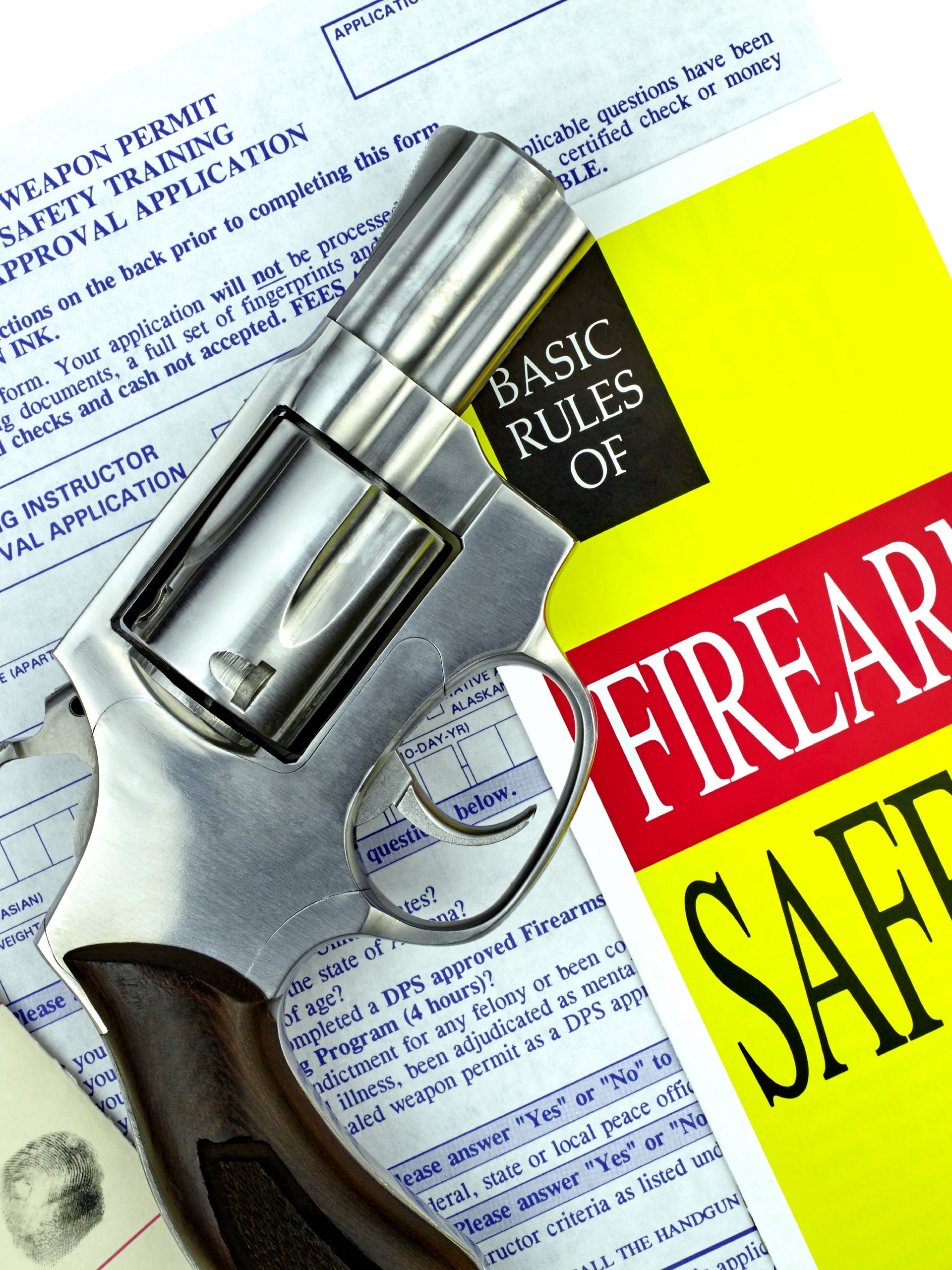Cold weather introduces unique challenges for firearm owners, from maintaining weapon functionality to ensuring safe handling in icy conditions. Whether you’re hunting, practicing at the range, or carrying for personal protection, understanding these challenges and preparing accordingly can prevent accidents and keep your firearm in top condition. These cold weather gun safety tips you may not know cover strategies to maintain both safety and performance when the temperature drops.
Keep Your Firearm Free of Condensation
Condensation can form on your firearm when moving between cold and warm environments, leading to rust and potential malfunctions. Wipe your firearm thoroughly when transitioning indoors or after exposing it to extreme temperature changes. Using a gun-safe lubricant designed for cold weather prevents freezing and ensures smooth operation. Regular maintenance, including cleaning and oiling, minimizes the risks associated with moisture buildup, keeping your firearm functional and ready for use in any condition.
Choose Gloves That Balance Warmth and Dexterity
Cold weather often requires the use of gloves, but bulky options can interfere with trigger control and handling. Select gloves specifically designed for shooting, as they provide warmth without compromising your ability to safely operate your firearm. These gloves often feature thin but insulated materials with non-slip grips, allowing for precise movements. Practicing with your gloves allows you to develop familiarity and reduces the likelihood of errors when handling your firearm in the field.
Store Ammunition Properly in Freezing Temperatures
Extreme cold can affect ammunition performance, causing misfires or reduced accuracy. Store ammunition in a dry, insulated container to shield it from freezing temperatures. Avoid leaving it exposed to the elements for extended periods, as moisture and temperature fluctuations can damage the primer and powder. Checking the condition of your ammunition before use ensures consistent performance and safety, particularly during critical situations such as hunting or personal defense.
Practice Scanning With Your Light When Night Hunting
When hunting at night, proper use of a light is essential for safety and target identification. Scanning with your light while hunting allows you to remain aware of your surroundings, helping you avoid misidentifying targets or missing potential hazards. Practice using your light to illuminate areas without compromising your shooting stance or giving away your position unnecessarily. A high-quality light designed for firearms enhances your night hunting experience while prioritizing safety and effectiveness.
After reviewing these cold weather gun safety tips you may not know, you can handle your firearm confidently and responsibly in colder conditions. With proper preparation, you’ll be able to protect your equipment and prioritize safety, no matter how harsh the weather gets.
Casey Cartwright
Latest posts by Casey Cartwright (see all)
- 6 Essential Accessories Every Rooftop Camper Needs – May 7, 2025
- What Gives a Firearm Its Signature Sound? – May 6, 2025
- Essential Tools for Camping and Hunting in Remote Areas – May 2, 2025

Leave a Reply